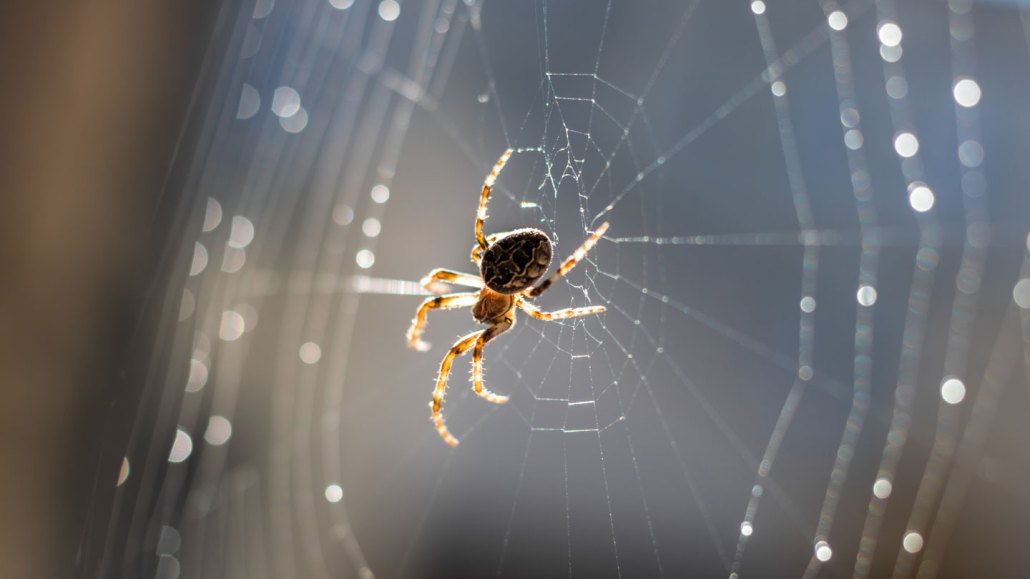Questions for ‘Orb-weaving spiders use their webs like external eardrums’

Orb-weaving spiders detect sound vibrations that travel through the silk of their webs.
Mateusz Kropiwnicki/iStock / Getty Images Plus
Share this:
- Share via email (Opens in new window) Email
- Click to share on Facebook (Opens in new window) Facebook
- Click to share on X (Opens in new window) X
- Click to share on Pinterest (Opens in new window) Pinterest
- Click to share on Reddit (Opens in new window) Reddit
- Share to Google Classroom (Opens in new window) Google Classroom
- Click to print (Opens in new window) Print
To accompany ‘Orb-weaving spiders use their webs like external eardrums’
SCIENCE
Before Reading:
- You’re in the front passenger seat of a parked car with your feet resting on the dash as the radio is blaring. In addition to your ears hearing the radio, you notice that your feet detect it, too. What sensation might your feet be picking up on that tells your body loud music is playing?
- Envision a single strand of spider silk. Choose three adjectives that describe that spider silk. Then sketch a picture of a spider in a spider web. Imagine you are the spider on that web. You don’t have ears. But your spider legs are very, very sensitive to movement. Suddenly, a fly snags in your web. How likely are you to detect that prey? Explain your answer.
During Reading:
- According to the article, what structure serves as “replaceable ears” for spiders?
- What body structure do spiders lack that makes them valuable to Ron Miles’ work in developing better microphones? Which type of spider did Miles and his team study?
- Miles and his team brought each test spider into a special room with foam-covered walls. Why were the walls covered with foam?
- Miles and his team played recorded tones for the test spiders. What were two things that these tones tried to mimic? Describe the spider’s response to the tones. How did the spider respond when a sound came from the side?
- Does sound travel better through the air or spider silk?
- According to Trinity Walls, how might this knowledge about spider’s listening techniques help people?
- Based on the new findings, what changes do Miles and his team hope to make to microphones in the future?
After Reading:
- Natural gas pipelines operate by huge, noisy gas compressors that run 24/7. For an example, check out this short video. In a 2017 study, scientists showed that the areas with high noise pollution from natural-gas compressors had much smaller populations of wolf spiders. Why do you think gas compressors might decrease the number of spiders living in an area? Refer to findings from this article to explain your reasoning.
- The Australian redback spider has a complex mating ritual. The female redback spider’s body is about 3 to 4 times longer than the male’s. (She’s also up to 100 times heavier!) Redback spider vision is very crude. But their hypersensitive spider legs detect even the tiniest movement. During mating, the small males approach the hulky female very slowly. The male eases onto the female’s web. Every few steps, the male will pluck and strum the threads of the female’s web. Based on what you’ve learned in this article, why do you think the male approaches slowly? What do you think is the purpose of the male’s plucking and strumming of the female’s web?